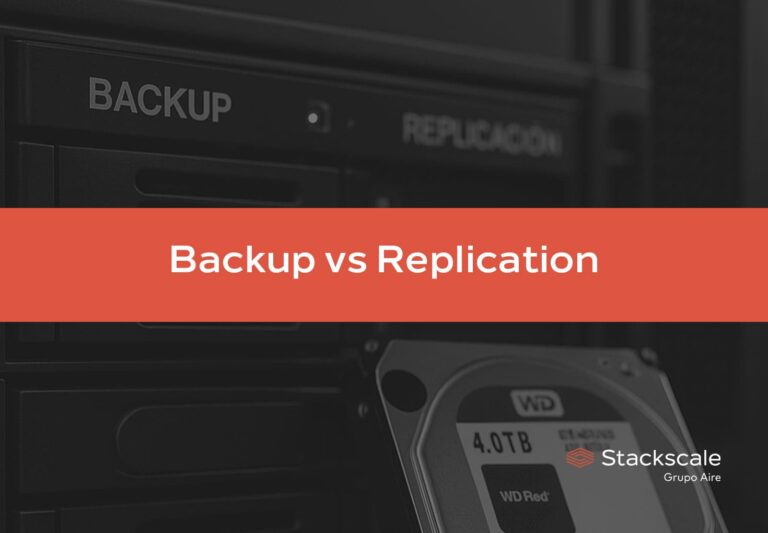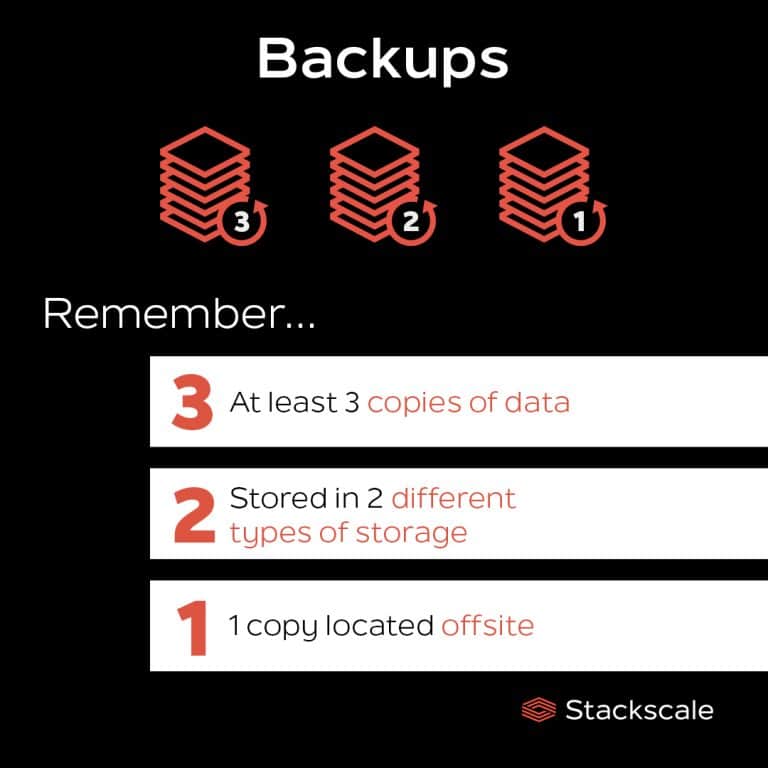In IT, a Security Operations Center (SOC) or Information Security Operations Center (ISOC) is a centralized location where an organization’s security team monitors, analyzes, detects and solves any cybersecurity events that might arise. However, in addition to this definition, a SOC can also refer to an in-house team of cybersecurity professionals or an outsourced SOC or SOC as a Service provider that proactively monitors, analyzes, detects and solves cybersecurity events.
In fact, outsourcing is increasingly popular as the number of SOC solutions available in the market is growing non-stop. Thus making its implementation affordable for companies of all sizes.
A centralized location for security operations
As centralized security units, SOCs are intended to unify and coordinate all cybersecurity technologies and operations. To do so, they usually deal with security issues both on an organizational and technical level. Therefore, SOC facilities are usually highly protected with physical, electronic and computer security measures.
In an ISOC, the company’s IT systems are monitored, analyzed and protected against any cybersecurity issues and threats. This includes data centers, servers, networks, applications, websites, databases, etc. The same applies to the Network Operations Center or NOC, which nowadays often shares the same space as the SOC.
Security Operations Centers are operational 24/7. People, processes and technology are focused on managing and enhancing the company’s security posture at all times.
Security Operations Center: technology and organization
Establishing and operating a Security Operations Center has traditionally been more common among large organizations and governments, as it is complex and expensive. However, the number of companies having a SOC is increasing as there are more and more affordable solutions available in the market.
The global SOC as a Service (SOCaaS) Market is expected to grow from about 3 billion euros (~3.7 billion dollars) in 2022 to about 3.7 billion euros (~4.2 billion dollars) in 2023, according to Research and Markets. Besides, the SOCaaS market is expected to surpass 5,3 billion euros (6 billion dollars) by 2027.
This is especially relevant considering that the number of cyberattacks keeps growing all over the world — and the trend is not expected to change. To mention an example, weekly cyberattacks on corporate networks increased by 38% globally in 2022, compared to 2021 — according to Check Point data.
SOC tools and technologies
To establish a SOC, it is necessary to: define a strategy and implement the necessary infrastructure and technology to support the strategy. SOCs usually rely on a Security Information and Event Management (SIEM) system to aggregate data from different sources, such as:
- Governance Risk Management and Compliance (GRC) software.
- Vulnerability Assessment solutions.
- Endpoint Detection and Remediation (EDR) tools.
- Intrusion Prevention Systems (IPS).
- User and Entity Behavior Analytics (UEBA) solutions.
In addition to SIEM systems, some SOCs also adopt Extended Detection and Response Technology (XDR) for improved telemetry, monitoring and automation.
SOC roles
Furthermore, relying on the right professionals is as important as defining the proper strategy and implementing the necessary technology and infrastructure. The members within a SOC team usually come from different training backgrounds, such as: computer engineering, network engineering, computer science and cryptography.
Security Operations Centers are usually composed by:
- SOC managers (IT and networking experts), who are in charge of supervising personnel, running operations and managing the finances, among other tasks. They usually report directly to the CISO.
- Security engineers, who are responsible for designing the security architecture, and researching, implementing and maintaining security solutions.
- SOC analysts or security analysts, who are in charge of identifying and prioritizing threats to take action and contain damages.
Moreover, in large organizations, there can be additional roles such as the Director of Incidence Response or the Forensic Analyst.
What is the SOC responsible for?
A SOC is usually established to protect mission-critical systems and infrastructures, and sensitive data, and comply with industry or government regulations. These are some of the tasks Security Operations Centers are in charge of:
Planning and prevention
- Keeping control and visibility of all the resources available: from the devices, applications and processes that must be protected, to the systems and tools used for monitoring, detecting and protecting them.
- Implementing preventive measures by staying updated about the latest security innovations, designing a Disaster Recovery plan and security roadmap, and periodically updating, patching and maintaining systems. In other words, continuous improvement is adopted as an essential tool to stay ahead of cybercriminals.
- Assessing and managing alerts to sort them according to their criticality and priority.
Monitoring and detection
- Ensuring continuous, proactive monitoring to detect threats early or even before they happen, in order to mitigate and prevent harm.
- Managing and analyzing the log of all network activity to detect threats proactively and prevent security issues from occurring. To do so, SOCs use SIEM systems for aggregating all data from endpoints, apps, operating systems and firewalls, and Extended Detection and Response Technology (XDR) for improved telemetry, monitoring and automation.
Recovery, postmortem and regulatory compliance
- Responding and performing actions to ensure as little impact on business continuity as possible when a security incident is confirmed. As well as restoring systems and recovering any data that might have been compromised or lost.
- Assessing and reporting the origin and cause of security incidents to help avoid similar issues in the future. Leveraging what is learned during an incident to improve processes, revise response plans, enable new tools and better address vulnerabilities in the future.
- Ensuring regulatory compliance, by making sure that all parties involved — users, regulators, etc. — are notified and that the required data is retained for evidence and auditing purposes.
Benefits of having a SOC
In our digital economy, where data protection and governance are becoming increasingly important both for citizens and companies, having a Security Operations Center can bring many benefits. For example:
- Improved security incident detection.
- Faster incident response times.
- Proactive defense against incidents and intrusions.
- Cost savings when facing security incidents.
- Data protection and increased customer trust.
- Increased transparency and control over security operations.
- Stronger compliance with regulatory requirements.
At Stackscale, as part of our proactive approach to security and availability, we monitor all our cloud services, infrastructure and systems via our Stackscale Automation and Monitoring Platform (SAMP), integrating several software and hardware technologies. Our monitoring service includes, but is not limited to, the core network, the access network, network storage, compute nodes, backups and the SAMP itself.




